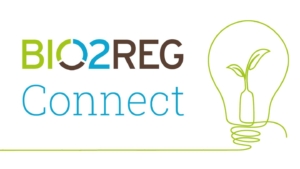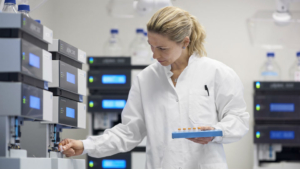ETH builds cyborg bacteria
Part microbe, part machine: cyborg bacteria developed at ETH Zurich could revolutionise the biotechnological production of molecules. The bacteria have been engineered to respond to light signals.
In the opposite direction, communication functions via an optical measurement of the growth rate of the bacteria culture. The results are fed into the computer in real-time, creating a feedback loop. The result is a highly robust and reliable system with a bacteria culture that will grow precisely according to a predetermined curve. This is […] the first time we’ve been able to control the growth of microorganisms – and in a very tunable and precise way, explains Mustafa Khammash, Professor of Control Theory and Systems Biology.
Khammash and his team also tested the reliability of the system but subjecting it to sudden environmental changes, for example a rapid change in temperature. The result: The cyborg was able to quickly adapt to these disturbances. All this was possible because we used advanced feedback-based control algorithms for the regulation process, just like the ones used in passenger aircraft to maintain a steady flight altitude, Khammash explains.
Now, the researchers want to go beyond controlling a single enzyme with two colour light. One might imagine a further development in which additional light channels allow a more complex form of control, says Khammash. Thus, it may be possible to control several enzymes at the same time, said the ETH. In the biotechnological production of molecules, the growth rate of the production bacteria and the production rate of the molecules could be optimally coordinated, with the aim of producing as much of the desired product as possible with the smallest amount of toxic byproduct.


 BIOCOM / aminul788 - Adobe Stock
BIOCOM / aminul788 - Adobe Stock Bayer Co.Lab
Bayer Co.Lab